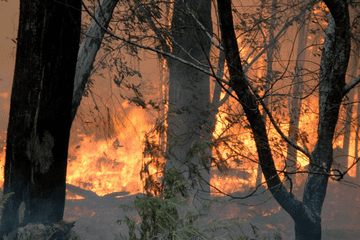Invasive species are driving massive loss of the natural world, globally and in Australia. The projections predict the pressures driving these impacts will only increase. A stronger, risk-based biosecurity system that seeks to involve all Australians is essential to limit this loss and move Australia towards ecological recovery.
The Invasive Species Council is wholeheartedly committed to a stronger national biosecurity system. We are willing to both build greater awareness and support amongst our environmental and community constituents and work with others seeking similar aims.
A national biosecurity strategy is a long-needed document to help explain the system, to involve others in the system and to drive the changes needed to create a more effective biosecurity system. There needs to be major changes to a biosecurity system under extreme stress that is not fully able to do the job it was designed to do.
Our desire is for the national strategy to drive the biosecurity system towards a more effective path that better protects Australia’s national environment, its people and their livelihoods and those things that all Australians value.
It is important to remember that the goal is to build the stronger biosecurity system and not simply finalise a national strategy. The preparation and implementation of the strategy is the opportunity to engage with and seek to involve all Australians, and that must not be forgotten. We fear that after the strategy is adopted that government will move on, the needed changes will not be made and industry and community representatives and the broader public will remain excluded and uninvolved. That has been the risk of this rapid process and this outcome must be avoid at all costs.
We commend the team developing the national biosecurity strategy for their genuine attempts to incorporate feedback from community and environmental stakeholders that have resulted in changes from early internal drafts. Despite the speed of the process, there has been good engagement.
We also appreciate the opportunity to be represented on the reference group which has allowed for early and ongoing input into the development of the strategy. It is clear that the views of the reference group were taken seriously.








